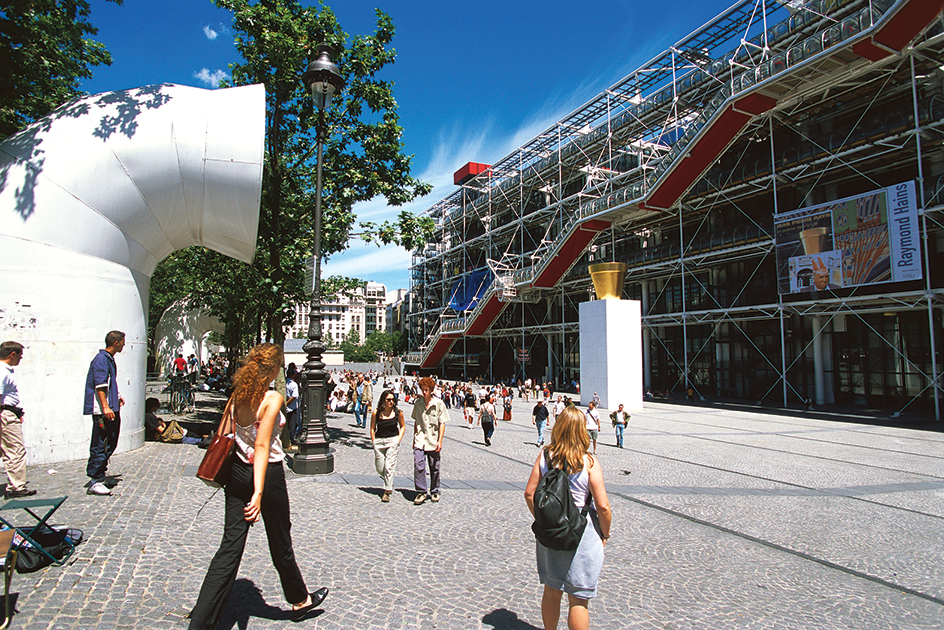Rogers, Sir Richard (1933-2021), was an English architect who won an international reputation for his building designs in cities throughout the world. His buildings include the Georges Pompidou National Center of Art and Culture in Paris and the Lloyd’s Building in London. As a leader in high-tech architecture, Rogers was noted for his use of openly revealed premade steel components and other modern industrial construction materials. His designs use unique structures that allow for future growth with little maintenance. The buildings have plenty of uncluttered space inside to allow freedom in internal partitioning.

In 2007, Rogers was awarded the Pritzker Architecture Prize, the most prestigious international award in architecture (see Pritzker Architecture Prize). The Pritzker Prize jury noted Rogers’s “fascination with technology is not merely for artistic effect, but more importantly, it is a clear echo of a building’s program and a means to make architecture more productive for those it serves.” Rogers was a champion of energy efficiency. He believed that architecture is the most social of the arts, and he enlarged his activity to include large-scale planning and to emphasize the potential of the city as a force for social change.
Richard George Rogers was born on July 23, 1933, in Florence, Italy, to English parents. He returned to England with his family at the age of 6. After completing his national service (compulsory military service), he studied from 1953 to 1959 at the Architectural Association School of Architecture in London. Later, he went to Yale University, in New Haven, Connecticut, United States, and received an M.A. degree in 1962.
From 1963 to 1967, he worked as a member of the Team 4 architectural firm, whose other members included Su Brumwell and Norman and Wendy Foster. Among Team 4’s designs was the Reliance Controls Factory, in Swindon, England (1967). In 1971, after two years of working with Brumwell, Rogers, together with the Italian architect Renzo Piano, won the contract for the Pompidou Center in Paris. The building was completed in 1977. It caused much controversy because of its playful design and brightly colored elevators, air conditioning ducts, and water pipes—all exposed on the exterior of the structure. In 1977, Rogers set up the Richard Rogers Partnership.
Rogers continued to produce original architectural designs based on modern technology while keeping in mind the needs of the urban community. One of his most famous and controversial designs was the London headquarters of Lloyd’s of London (completed in 1986). This building, with its pipework on the outside, challenges traditional ideas. Other buildings designed by Rogers include the European Court of Human Rights in Strasbourg, France (1988), and the headquarters in London for the United Kingdom television network Channel 4 (1994). Rogers also designed the Millennium Dome (1999) in Greenwich, London; a new terminal (2005) at Barajas International Airport in Madrid, Spain; and 3 World Trade Center in New York City (2018).
A winner of numerous international competitions and prizes, Rogers received the 1985 Gold Medal of the Royal Institute of British Architects (RIBA). He was a lecturer and author as well as the chairman of the Architecture Foundation, the National Tenants Resource Centre, and the British government’s Urban Task Force. Rogers was also a member of the United Nations Architectural Committee. He received a knighthood in 1991 and became a life peer, Baron Rogers of Riverside, in 1996. Rogers died on Dec. 18, 2021.
